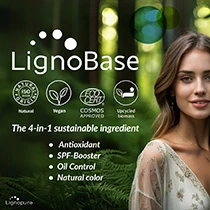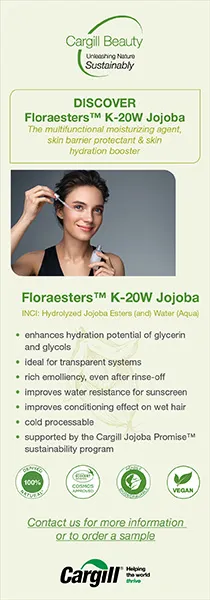Scientists develop a commercial culture that mimics skin for microbiome testing

Japanese scientists have created a commercial bacteria culture that can support multiple skin bacteria at once, opening the door for improved laboratory testing of personal care products on the skin microbiome.
A person’s skin microbiome is as personal as their fingerprint. Factors like environment, genetics, ethnicity, age and career can influence the balance of bacteria on a person’s skin. As a result, experts are starting to understand the importance of personalized treatments to protect the microbiome and treat imbalances and the beauty industry is making more microbiome-friendly products that support skin health.
However, one of the challenges researchers have encountered in studying the microbiome is replicating the skin’s individual and unique environment. Another is the difficulty of culturing, or growing, multiple skin bacteria together in the laboratory setting. Many bacteria live and interact on the skin surface, so testing these bacteria individually does not replicate how they behave as part of a diverse bacterial colony.
Scientists from the Tokyo University of Science (TUS) have published a study about this new culture system that allows the cultivation of multiple skin bacteria species to grow together, better mimicking a bacterial colony found on the skin. The researchers then successfully cultured four skin bacteria species together, finding the colony balance to be similar to that found on Japanese skin.
“Since multiple bacteria interact with each other in the actual skin environment, we thought that a model culture system that reproduced the interaction relationship was necessary,” says Dr. Yuuki Furuyamam, an author of the study.
Chemical company Evonik has also produced a co-culture model, called SkinMicrobes, which can cultivate ten skin microbes together. Methods that cultivate multiple bacteria “bridge the gap between simple compatibility tests with individual bacterial strains and complex tests on human subjects,” Evonik’s Stefan Pelzer told Personal Care Insights.
Laboratory culture
The new bacteria culture method uses a growth medium called TUS Skin Bacteria Co-culture (TSBC), which successfully cultivates multiple bacteria strains together, according to the study published in the journal Alternatives to Animal Testing and Experimentation.  Example of bacteria grown in a culture.
Example of bacteria grown in a culture.
The four bacterial species were Staphylococcus epidermidis, Staphylococcus capitis, Cutibacterium acnes, and Corynebacterium tuberculostearicum, all bacteria found on the face.
The TSBC medium consists of frozen epidermal cells (commonly used in skin research), an anaerobic bacteria broth and an artificial lipid mixture. Together, this made a medium that mimicked the nutritional environment of the skin, allowing the four bacterial species to grow together in a balanced colony.
The success of this new method means that laboratory tests can more realistically model the skin environment, supporting research on the skin microbiome. New ways to study the skin microbiome and the skin barrier could help experts understand issues that cause or exacerbate acne, psoriasis and eczema.












